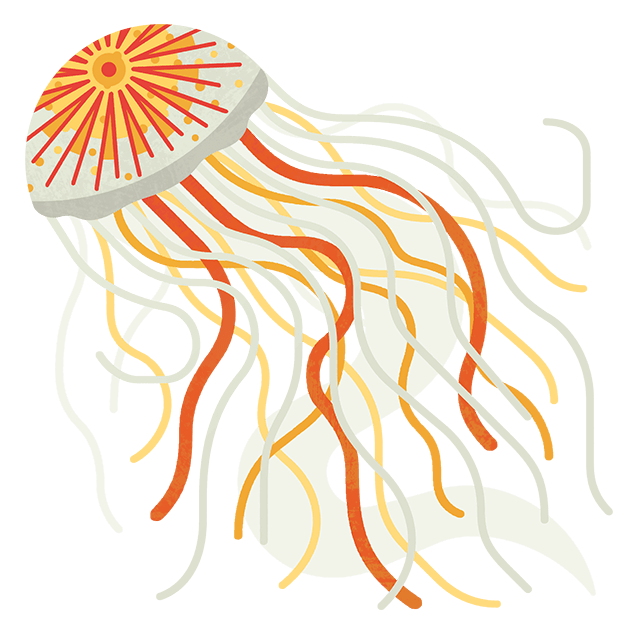
Turtles in the British Virgin Islands
We’re working with communities in the British Virgin Islands to develop a sea turtle recovery action plan to safeguard turtles and their habitats for future generations.
About the Virgin Islands
The British Virgin Islands (BVI), or the 'Virgin Islands' as local people proudly call them, is a volcanic archipelago made up of four main inhabited islands – Tortola, Virgin Gorda, Anegada and Jost Van Dyke – and 50 or so smaller islands and cays.
The islanders have been through some trying times of late. In 2017, the islands were battered by violent hurricanes Irma and Maria, causing catastrophic damage to local infrastructure, environments and economies. When the Covid-19 pandemic hit in 2020, the islands were effectively brought to an economic standstill. In the face of adversity, local communities have shown great resilience and are now making courageous recoveries.

UKOT Conservation Officer Amdeep Sanghera leaving Road Town on the early ferry to Anegada for Community Voice Method interviews
Credit: Peter Richardson
Turtles in the Virgin Islands
The islands are surrounded by reefs, seagrass beds and mangroves, which are home to green and hawksbill turtles, as well as the occasional loggerhead.
The archipelago’s beautiful beaches host nesting populations of green, hawksbill and the breathtaking leatherback turtle. Leatherbacks are the largest of the sea turtles and spend the majority of their life in the open ocean.
Although regional populations are recovering thanks to conservation efforts, turtle numbers are believed to have declined due to historical harvesting (for their eggs, meat, skin and shells) and infrastructure/tourism developments leading to habitat destruction.
The threat of climate change also looms. The devastating 2017 hurricanes, which shifted nesting beaches and smothered reefs and seagrass beds, present an ominous warning sign of what’s to come if the climate crisis isn’t addressed.

Green turtle over seagrass
Credit: Peter Richardson
STEEL – collaboration and inclusion
The Sustaining Turtles, Environments, Economies & Livelihoods (STEEL) project is a three-year collaborative initiative focused on better understanding and conserving marine turtles and their habitats in the British Virgin Islands. We’re honoured to be working alongside local NGO the Association of Reef Keepers (ARK), the Government of the Virgin Islands and the University of Exeter.
Currently, little is known about the extent, nature, value or current sustainability of turtle fishing in the Virgin Islands. Our research so far tells us that traditional turtle fishing has declined, and while not as economically important as it once was, it still has social and cultural importance for local communities.
In recent decades, turtle fishing has become controversial, with some calling for it to be banned. This debate has highlighted social tensions within the islands.
How does the project work?
Through biological and social science research we seek to better understand the islands’ sea turtle populations and how they are used.
For the last 20 years, ARK has been implementing scientific surveys across the Virgin Islands' reefs, seagrass beds and beaches to generate data on the status of foraging and nesting turtle populations.
Our Community Voice Method will involve extensive engagement with people around the islands so we can listen to and take account of their views, values and local knowledge. Together with our local partners, we will consider all this information to develop a sea turtle recovery action plan that is good for turtles and their habitats and is acceptable and beneficial to local communities.
Read our blog
For the latest updates on the project, keep an eye on our news channel.








